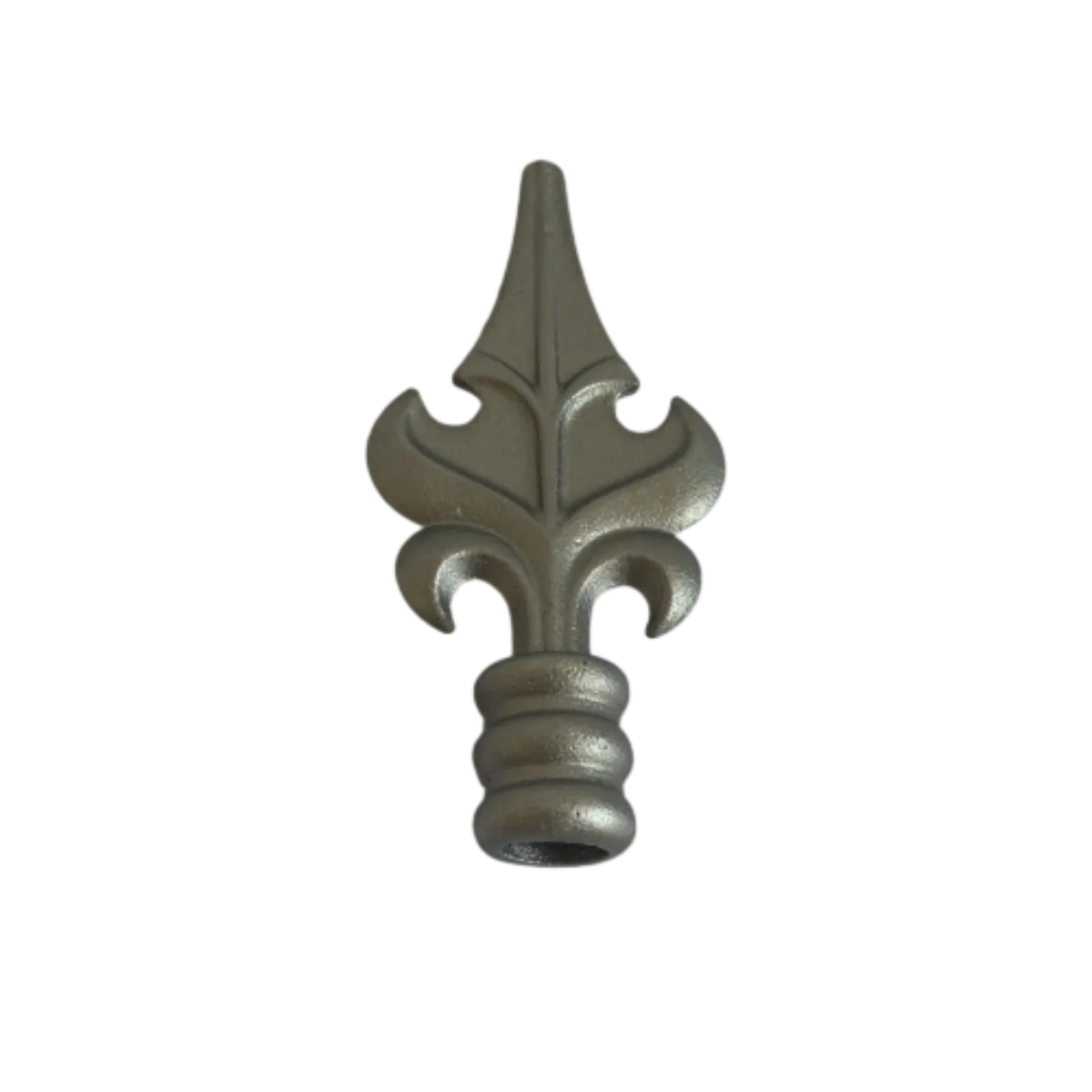Exploring the History and Craftsmanship of Wrought Iron Railheads in Architectural Design
The Significance of Wrought Iron Railheads in Historical and Modern Contexts
Wrought iron railheads, a staple component in the construction of railways and fencing, represent a blend of functionality and artistry that has evolved significantly over the years. These structural elements not only ensure the safety and stability of rail systems but also serve aesthetic purposes in various architectural applications. Understanding the role of wrought iron railheads requires a look at their historical significance, manufacturing processes, and contemporary relevance.
Historically, wrought iron has been favored for its malleability, durability, and resistance to corrosion. Its use dates back to ancient civilizations, where blacksmiths honed their craft, creating tools and structural supports. As the Industrial Revolution took shape in the 19th century, wrought iron became increasingly prevalent in infrastructure developments, particularly in railways. The introduction of rail transport revolutionized travel and commerce, making railheads pivotal in ensuring the secure connection of track pieces. These railheads, often designed to withstand immense pressure and wear from heavy locomotives, showcased the engineering advancements of the era.
The manufacturing process of wrought iron railheads has also evolved. Initially, wrought iron was produced through a labor-intensive method involving repeated hammering and heating to remove impurities. Today, while modern methods such as the use of electric arc furnaces have streamlined production, the essential characteristics of wrought iron—its ductility and strength—remain vital. In addition, contemporary production techniques often incorporate innovations that address environmental concerns, enhancing the sustainability of wrought iron manufacturing.
wrought iron railheads

Beyond their functional aspects, wrought iron railheads contribute to the aesthetic appeal of railways and architectural projects. The intricate designs available in wrought iron allow for customization, creating elegant patterns and motifs that enhance the visual experience of public spaces. Railheads, along with railings, gates, and fences, can be fashioned to reflect specific cultural heritages or artistic movements, making them not just utilitarian but also works of art.
Moreover, the durability of wrought iron railheads means they require less frequent replacement compared to other materials. This longevity translates to reduced maintenance and lower long-term costs, making wrought iron a practical choice for municipal projects and private property developments alike. In urban environments, where trains and trams are integral to public transportation, the robustness of wrought iron railheads ensures safety and efficiency, facilitating the daily commute for millions.
In recent years, there has been a resurgence of interest in traditional materials, as architects and developers seek to create spaces that are both modern and reflective of historical traditions. Wrought iron railheads serve as a poignant reminder of craftsmanship and history, bridging the gap between past and present. This trend aligns with a broader movement toward sustainability and heritage conservation, as communities look to honor their architectural legacies while meeting contemporary needs.
In conclusion, wrought iron railheads are far more than mere structural components; they encapsulate a rich history of engineering and artistry. Their evolution reflects advancements in manufacturing processes while their enduring appeal underscores the value of tradition in modern design. As cities continue to grow and evolve, the role of wrought iron railheads in infrastructure development will undoubtedly remain prominent, ensuring that this timeless material retains its place in the built environment for generations to come.
-
Wrought Iron Components: Timeless Elegance and Structural StrengthNewsJul.28,2025
-
Window Hardware Essentials: Rollers, Handles, and Locking SolutionsNewsJul.28,2025
-
Small Agricultural Processing Machines: Corn Threshers, Cassava Chippers, Grain Peelers & Chaff CuttersNewsJul.28,2025
-
Sliding Rollers: Smooth, Silent, and Built to LastNewsJul.28,2025
-
Cast Iron Stoves: Timeless Heating with Modern EfficiencyNewsJul.28,2025
-
Cast Iron Pipe and Fitting: Durable, Fire-Resistant Solutions for Plumbing and DrainageNewsJul.28,2025
-
 Wrought Iron Components: Timeless Elegance and Structural StrengthJul-28-2025Wrought Iron Components: Timeless Elegance and Structural Strength
Wrought Iron Components: Timeless Elegance and Structural StrengthJul-28-2025Wrought Iron Components: Timeless Elegance and Structural Strength -
 Window Hardware Essentials: Rollers, Handles, and Locking SolutionsJul-28-2025Window Hardware Essentials: Rollers, Handles, and Locking Solutions
Window Hardware Essentials: Rollers, Handles, and Locking SolutionsJul-28-2025Window Hardware Essentials: Rollers, Handles, and Locking Solutions -
 Small Agricultural Processing Machines: Corn Threshers, Cassava Chippers, Grain Peelers & Chaff CuttersJul-28-2025Small Agricultural Processing Machines: Corn Threshers, Cassava Chippers, Grain Peelers & Chaff Cutters
Small Agricultural Processing Machines: Corn Threshers, Cassava Chippers, Grain Peelers & Chaff CuttersJul-28-2025Small Agricultural Processing Machines: Corn Threshers, Cassava Chippers, Grain Peelers & Chaff Cutters












